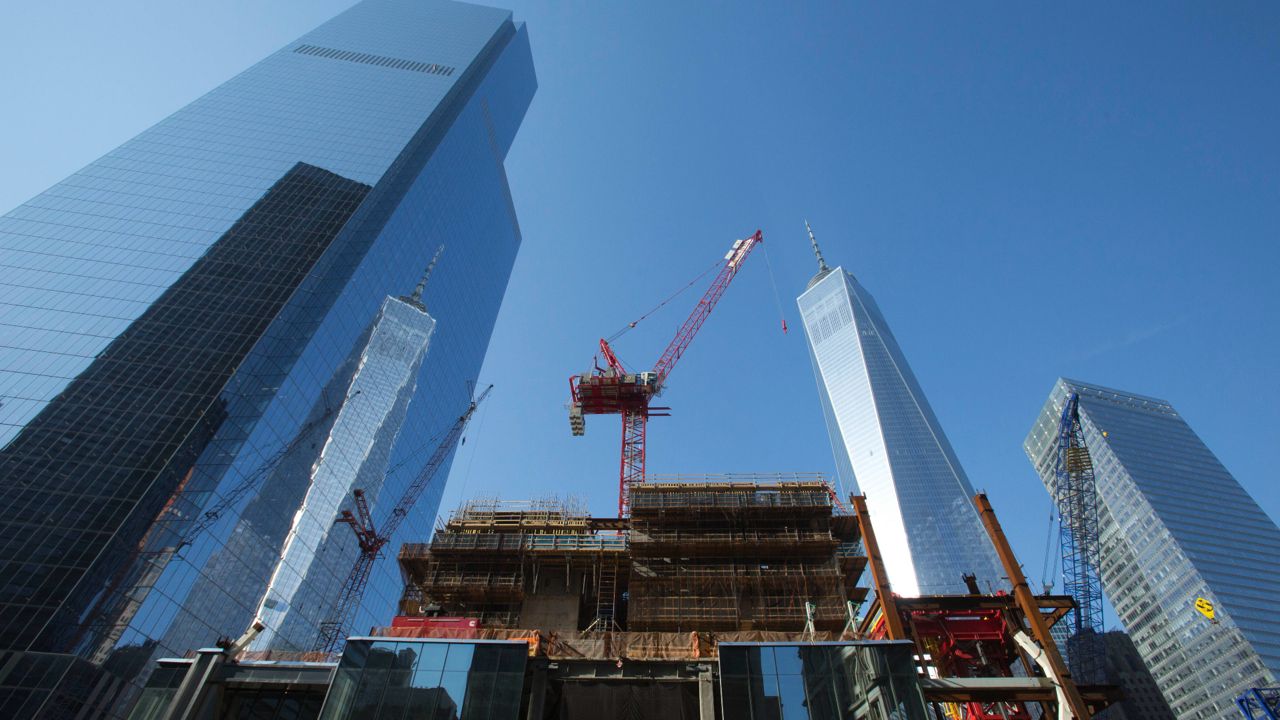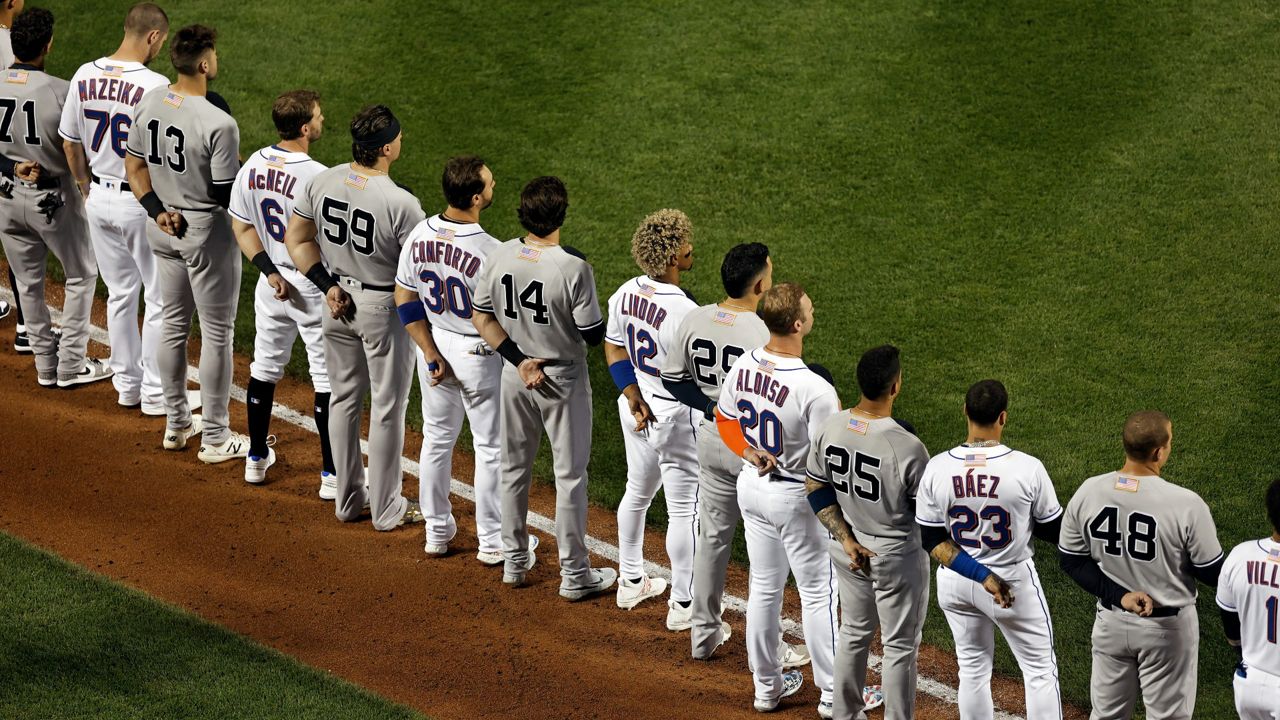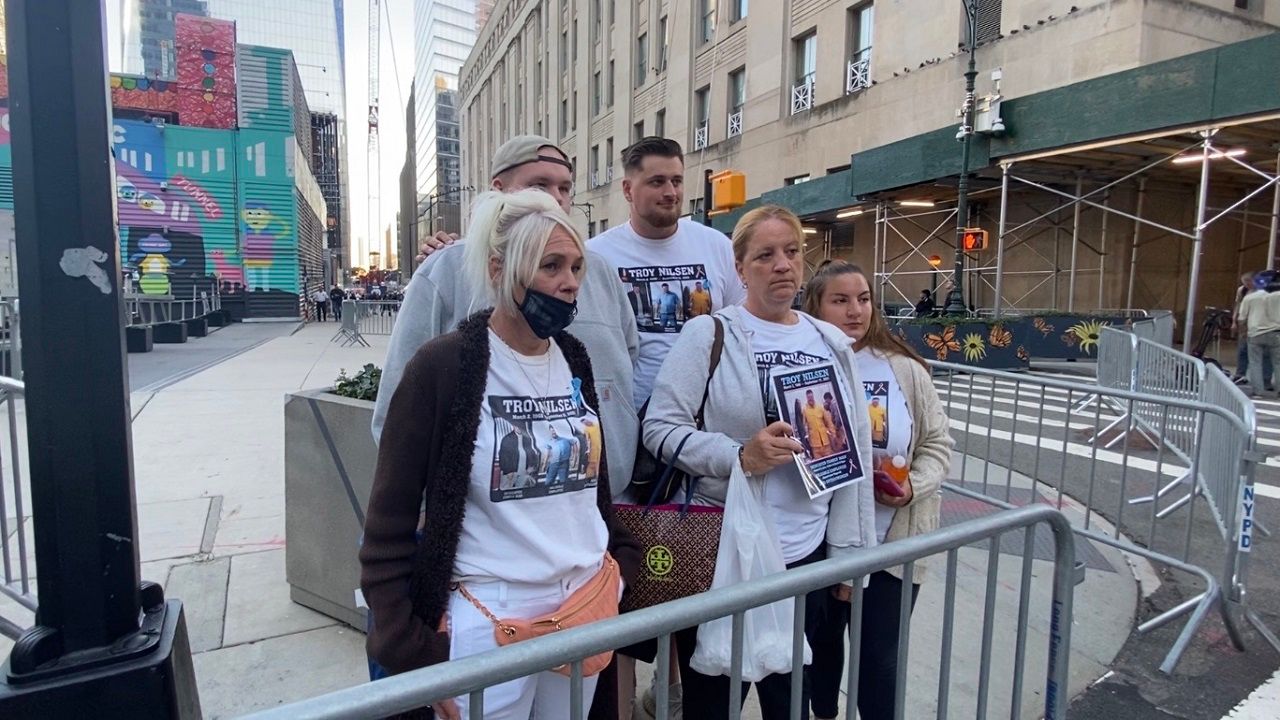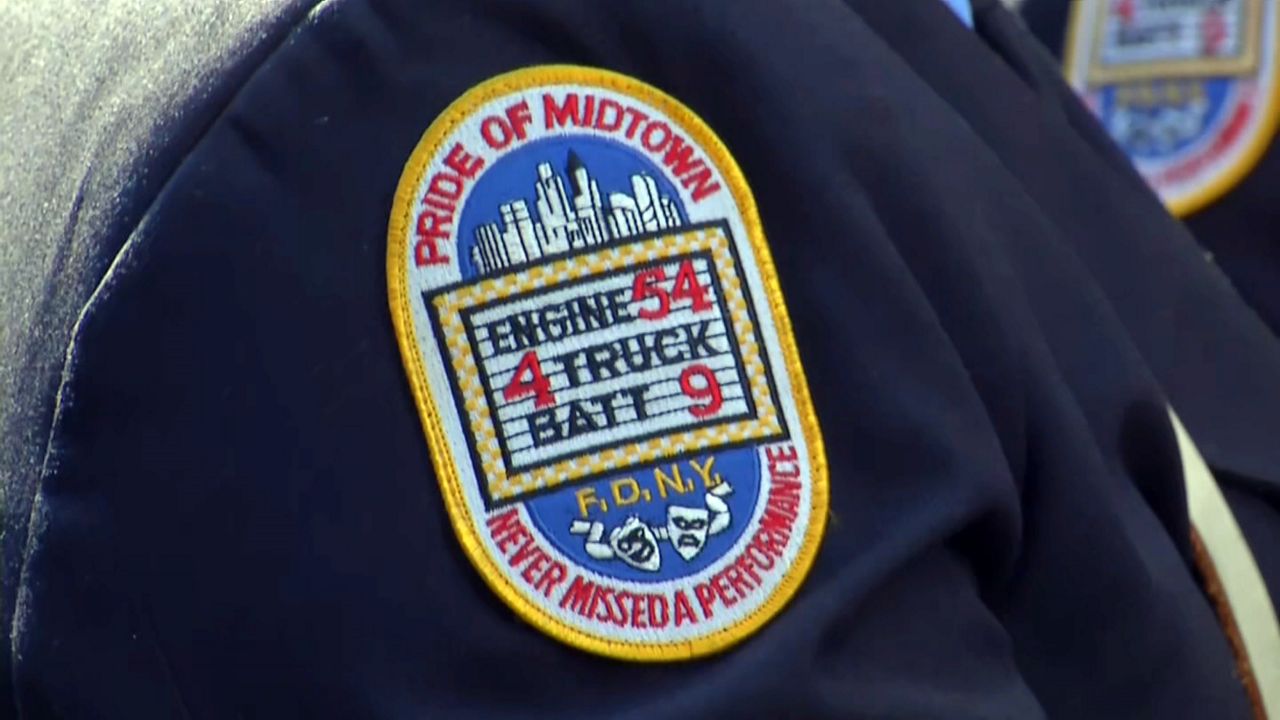Twenty years ago, the catastrophic loss of life in the Sept. 11 attacks quickly gave way to twin existential and economic crises in New York City.
The metropolis mourned, the local economy bled billions and leaders of government and industry wondered if anyone would return to work at an office tower, the backbone of dense urban life and linchpin of employment for every industry.
Those fears quickly faded, even as the economic effects of the 2001 recession lingered for working and middle class New Yorkers.
Now, the city is once again trying to come back from an unthinkable external shock whose ripple effects have reached the lives of nearly every citizen. Yet the obstacles are much greater than even what faced the city after 9/11, economists and city planning experts say.
While the city’s post-pandemic recovery is in full effect for the remote-work economy, it will take years to reach front-line workers, overwhelmingly Black and Hispanic, who cannot log into their jobs from a laptop. Emergency federal unemployment assistance ends on Labor Day, signalling the end of weekly benefits — and the beginning of severe economic shocks — for 750,000 New Yorkers, according to a recent report.
Reports of New York City’s death have always been exaggerated, the experts say. But this challenge is unprecedented.
“This will be infinitely harder than the recovery after 9/11,” said Dan Doctoroff, the city’s deputy mayor of economic development from 2002 to 2007, speaking this summer at an economic forum hosted by the Center for an Urban Future. “If we don't change the trajectory, New York City is heading into a period of negative growth.”
Comparing the numbers between the two events shows stark differences. Unemployment is higher now than a year after the World Trade Center fell, at 10.2% last month compared with 7.7% in July 2002. In the Bronx, the borough with the highest proportion of front-line workers, unemployment is now 13.9%, according to the state Department of Labor.
While emergency federal aid has helped jumpstart the city’s recovery, similar to two decades ago, tax revenue outlooks appear worse now. In late 2001, the city’s Independent Budget Office estimated shortfalls in tax revenue at $1.7 billion between 2002 and 2003. In May, the IBO projected a slow tax revenue increase for the city — but $17 billion overall in tax shortfalls through 2024 compared with what it expected before the pandemic began.
“There’s no magic. This is gonna be a long, drawn out recovery,” said Mitchell Moss, a longtime urban planner and a close adviser to former Mayor Michael Bloomberg. “We don't have control of the virus, the virus is controlling us.”
Experts say that there are lessons to be drawn from the early Bloomberg years that can inform the coming recovery.
“We need to reassess and really think about what the future is gonna be, and what we can pull from the past,” said Thomas Dyja, author of “New York, New York, New York: Four Decades of Success, Excess and Transformation.”
Bloomberg was able to preside over a relatively quick turnaround in the city’s economic trajectory in part because he focused on responding to the post-9/11 crisis with tight budgeting and new taxes, even as he tasked his advisers and deputies with mounting grand plans for the city’s growth, Dyja said. Those plans, such as launching 25 rezoning plans in early 2002 and the failed bid to host the Olympic games, resulted in creating new city hubs in downtown Brooklyn and Long Island City.
“I think once again, we should be dusting off that idea, to kind of make outer areas less outer, to really rewire the consciousness of the city,” Dyja said.
Another thing that will be key to the city’s recovery is improving the machinery of government — something that the IBO predicts will be hampered by decreasing tax revenue.
“That's where the lessons of Bloomberg will be most important,” said Ester Fuchs, an urban policy expert who served as a special adviser to Bloomberg from 2001 to 2005. “Around regenerating the operational capacity of the city to get stuff done.”
Bloomberg also made investing in Lower Manhattan a priority, presiding over an expansion of high-end housing developments in former office space and a large influx of new residents, especially to Battery Park City.
While other development projects added or preserved affordable housing, it was “not enough” for the needs of that community, said Margaret Chin, council member for Manhattan’s 1st district, which comprises the southern end of the island.
“The residential population grew tremendously,” she said. “And those are not low income housing. Those are all luxury housing.”
Now, Chin said, when the city and state looks at plans to convert hotels and offices to residences, there needs to be stronger protections in place for adding in affordable and assisted living.
“It’s time that we focus back on the real need for housing that people can afford,” she said.
The Bloomberg era was also marked by emphasis on expensive projects that would draw tourists and make the rich wealthier, encapsulated in his infamous remark that businesses should consider the city as a “luxury product.”
“They kept doing what the real estate-dominated New York City economy had done for decades: doing things that enhanced the value of real estate, create new business districts, focus on luxury housing development, and so on,” said James Parrott, the director of economic and fiscal policies at The New School’s Center for New York City Affairs.
Back then, Parrott said, the city’s recovery largely skipped Black and Hispanic workers. Bloomberg focused his energies on wooing highly skilled tech workers and the biotech industry. Yet the majority of jobs created for working and middle class New Yorkers were in low-wage fields such as retail, hospitality and home health care.
Even as the city entered a new gilded age, fueled by profits from Wall Street’s investment vehicles for subprime mortgages, people who we now call front-line workers endured double-digit unemployment.
“We’re headed down that path unless we wake up and do something different. We haven't woken up yet,” Parrott said.
What is needed now, he said — and what was overlooked in the aftermath of 9/11— is a strong labor force response, with enormous investments in retraining, increased funding to the CUNY system and salary subsidies for small businesses, to encourage them to rehire and expand their teams.
A “truly just recovery,” Parrott said, is “not just getting back to where you were before. It’s getting to a better place. To do that, we need to be able to move people up into better jobs.”
What kind of recovery the city will get remains unclear. Before he resigned, Gov. Andrew Cuomo promised a post-pandemic recovery that would be like the post-9/11 recovery “on steroids,” and had proposed an overhaul of midtown Manhattan around Penn Station, following on familiar city approaches to recovery that emphasized building over job training. So far, Gov. Kathy Hochul has not indicated whether she supports the plan.
Dyja said he hopes for a recovery, and a mayoral administration, that acknowledges the shared destiny of city residents that the pandemic — and the Sept. 11 attacks 20 years earlier— laid bare.
“The Bloomberg years were a tightly held, dense network of power,” he said. “We need something that reaches out a lot more. I need fewer Vessels in this city and more playgrounds.”








